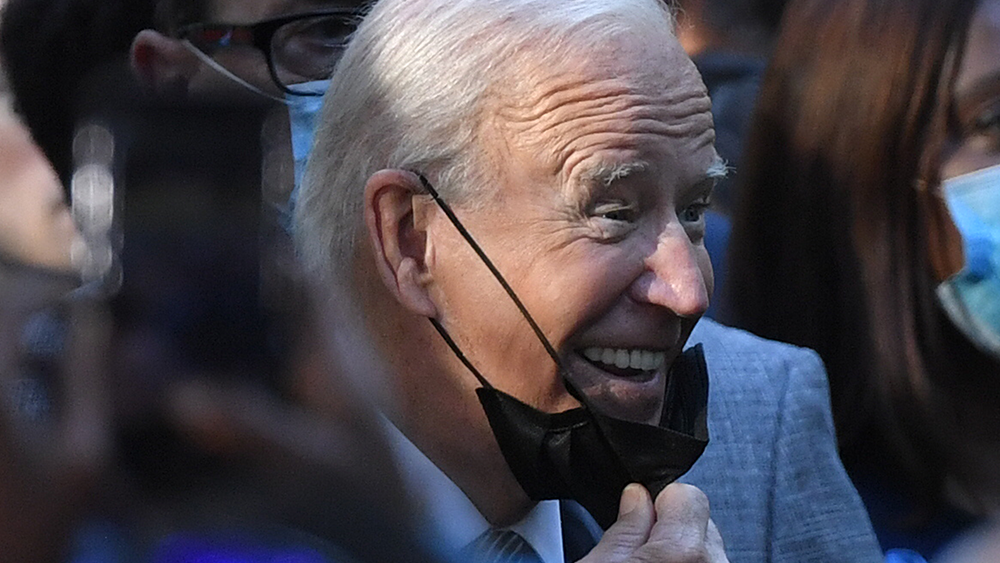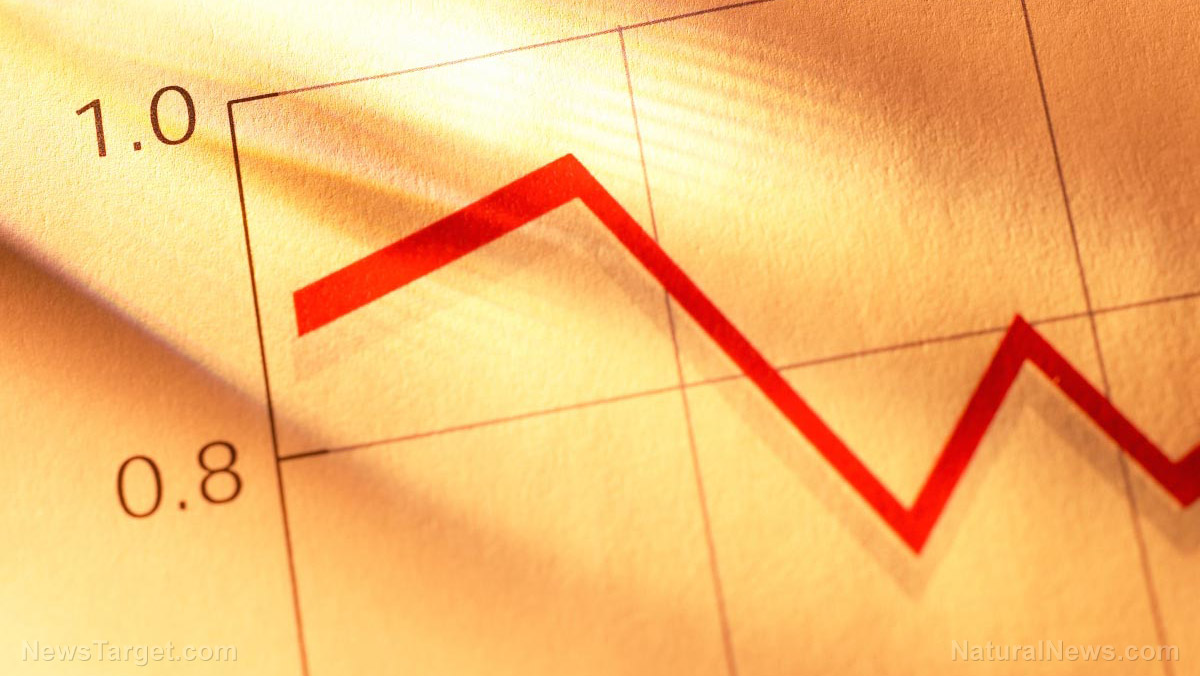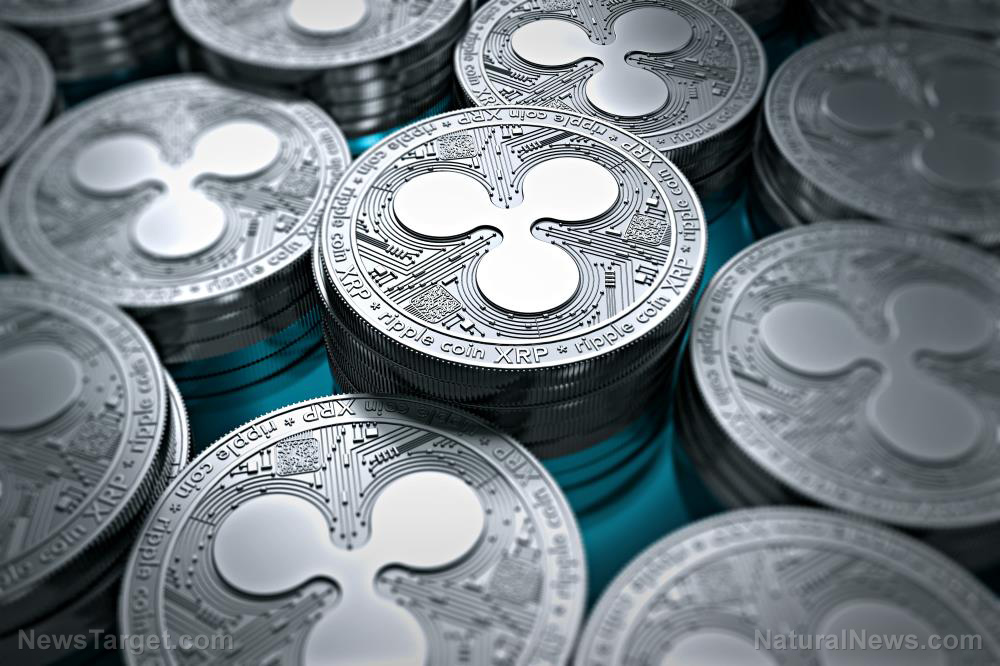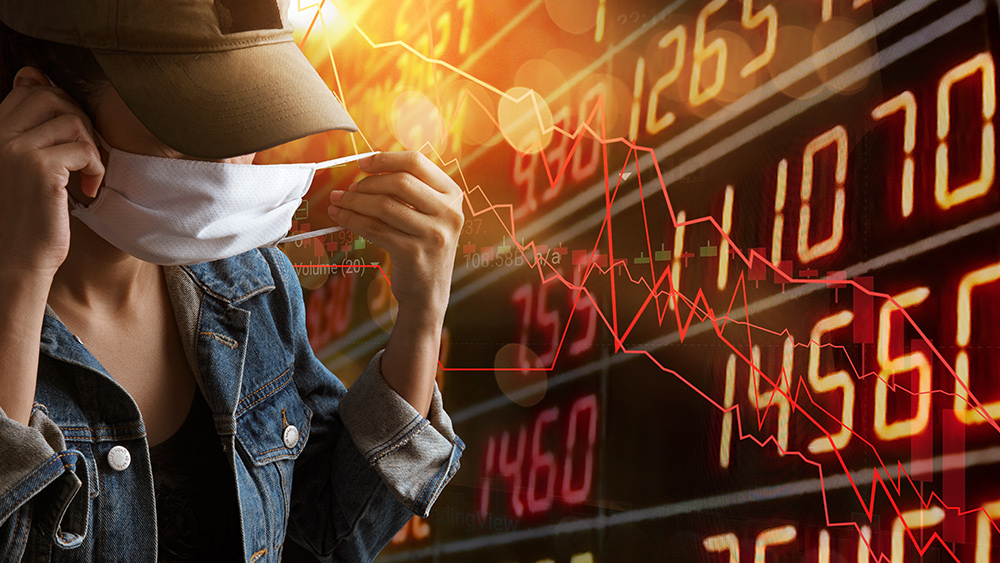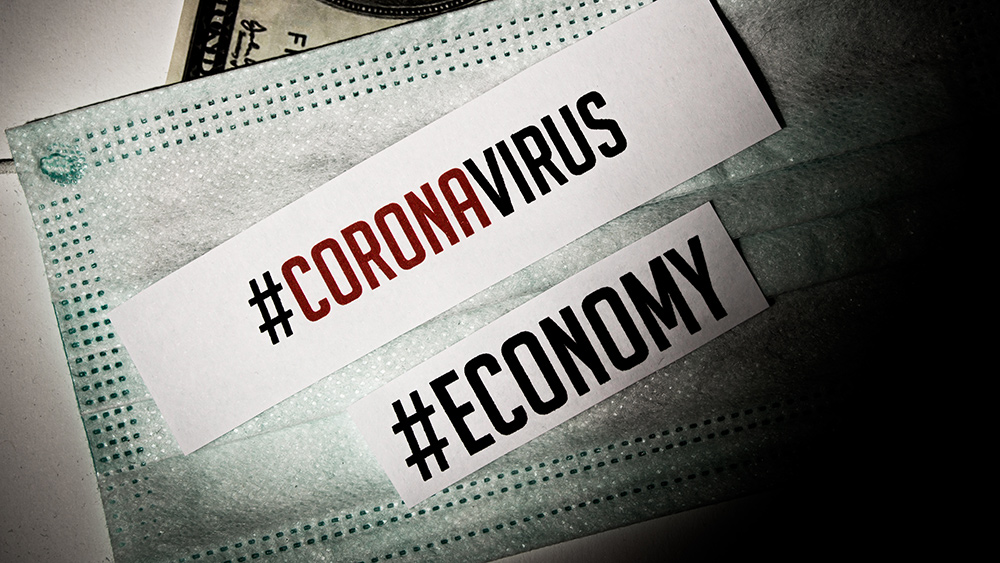Consumers rethinking their spending habits following price hikes
11/21/2021 / By Ramon Tomey

Americans are waking up to more expensive goods and services as the economy bounces back from COVID-19. Because of this, many are now rethinking their spending habits to get the most out of their dollars. The Wall Street Journal (WSJ) asked some Americans about the changes they have made in response to higher prices.
Denver-based program manager Kaitlyn Vinson said her recent bill during a trip to Costco was more expensive than usual. Her $275 purchase included personal care products on top of her grocery list. She told WSJ that she purchased frozen fruits and vegetables instead of fresh ones because they are cheaper and last longer. “We’re sacrificing the food that I really like to cook just to be cheaper,” Vinson said.
Nashville songwriter H. Kenneth Fleetwood said he has shifted to purchasing more generic products such as detergent. He recently shopped around for a television and monitor for his studio. The songwriter eventually purchased both at Walmart – at the lowest price. “Penny-pinching is becoming the name of the game,” Fleetwood remarked.
Sales director Devon Dalton from North Carolina also followed Fleetwood’s practice of buying generic store brands. He told WSJ that he signed up for a fuel savings program that gives him cash rewards at gas stations. Dalton said the move followed him and his wife paying an additional $20,000 on top of the listed price for their first home. “Everyone is getting a bit tighter. We’re trying to think what would be a good way to stay smart with our money,” he commented.
While some consumers have adjusted their spending habits, some have opted to play the waiting game and delay their purchases. Nick Davison told WSJ that he bought a graphics card for his computer in February of last year for $400. He remarked that similar components sold online now fetch for more than $1,000.
Davison wanted to build a second computer for cryptocurrency mining, but said he plans to wait until component prices decrease. “It doesn’t seem smart to spend that much money on something that may go down in the future,” he said.
Price hike has triggered a domino effect
According to Nielsen IQ, prices for a wide range of consumer goods rose by double-digit percentages compared to a year ago. This reflected rising costs at every step of these items’ production processes. Raw materials, fuel and transportation costs have likewise risen – forcing companies to pass the higher prices on to consumers.
United Natural Foods Inc. President Chris Testa said some food manufacturers did not pass higher costs along to consumers during the pandemic. This is partly because they did not want to charge people more for essential food items. Manufacturers instead pulled back on discounts to recoup their costs. Testa remarked that these same firms have now raised prices by up to 10 percent. (Related: Food prices will climb in 2021 as inflation accelerates.)
Some companies have indeed confirmed the higher prices of food. Topco Associates LLC Vice President of Produce and Floral Mike Ferguson said apples are 10 to 20 percent more expensive depending on the variety. He added that bananas and leafy greens also saw higher prices. Vegetable oils, salad dressing and mayonnaise have also raised costs due to their more expensive ingredients.
Food manufacturer Kellogg Co. said on May 6 that higher costs for ingredients, labor and shipping have prompted it and other companies to raise prices. Kellogg CEO Steve Cahillane added: “We haven’t seen this type of inflation in many, many years.”
Manufacturers of non-food items have also announced that they will increase prices. Procter & Gamble Co. (P&G) said it will raise prices of baby products, adult diapers and feminine care brands. “Our overall goal is to cover cost increases,” P&G COO Jon Moeller said. Kimberly-Clark Corp. also followed its rival’s footsteps. It said it would increase prices of bathroom tissues, adult diapers and baby care products by “mid-to-high single digits.”
Appliance maker Whirlpool Corp. also said it will increase its prices on its refrigerators and dishwashers. But its chief executive has remarked that more companies are concluding that higher prices will be the norm for customers. “They’ve seen price increases throughout the entire store. I don’t think anybody is surprised right now,” Whirlpool CEO Marc Bitzer commented. (Related: What will you do when inflation forces U.S. households to spend 40 percent of their income in food?)
Visit FoodSupply.news to read more about the effects of inflation on food prices and spending habits.
Sources include:
Tagged Under: consumer goods, consumer spending, economics, economy, finance, food prices, food supply, grocery shopping, increased prices, Inflation, manufacturing firms, personal care items, price hikes, production costs, risk, shortages, spending habits, supply chain, transport costs
RECENT NEWS & ARTICLES
COPYRIGHT © 2017 BUBBLE NEWS

